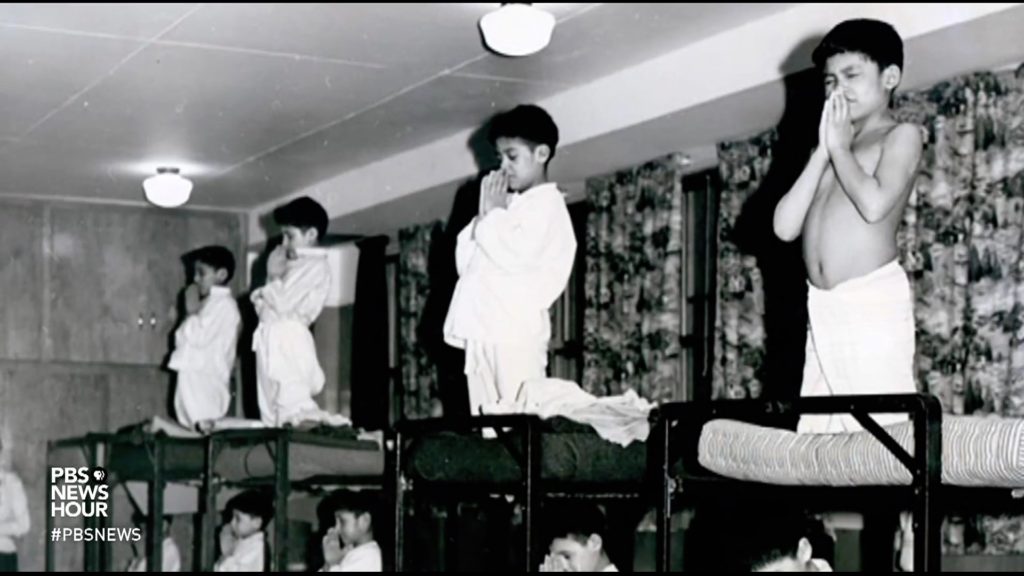Heather Bear:
This has shaken, shaken our country, not only First Nations, but many non-First Nations, government leaders, professionals.
And I think just every corner of our country has now been impacted with this new awareness that is not new. This has always been. These stories have all been told. What is coming out with this is the real story. And we need to change that legacy, because it is a very dark legacy, a dark history of First Nations, when we talk about the abuse and the horrendous crimes against children.
At the time that I went was after 1972. And the chief’s task force in Saskatchewan, Indian control of Indian education, that was something that happened. So, the transition was happening, where First Nations were starting to operate these schools and the churches were transitioning out.
However, there still was that lonely, heavy feeling, that you can’t really explain it. You have to be there. But also tied to that was the oral tradition, the stories, the whispers, the — what the students and teachers would talk about in terms of what had happened at those schools, and the hauntings.
It was a very haunting experience, especially when you look outside your window and there is a cemetery. And I’m naming Marieval School. And I remember the swing set in the playground. Just a few steps away, you were looking at a cemetery.
So, I asked the question, how many schools do you see with cemeteries in their yards? That should have been playgrounds.













































